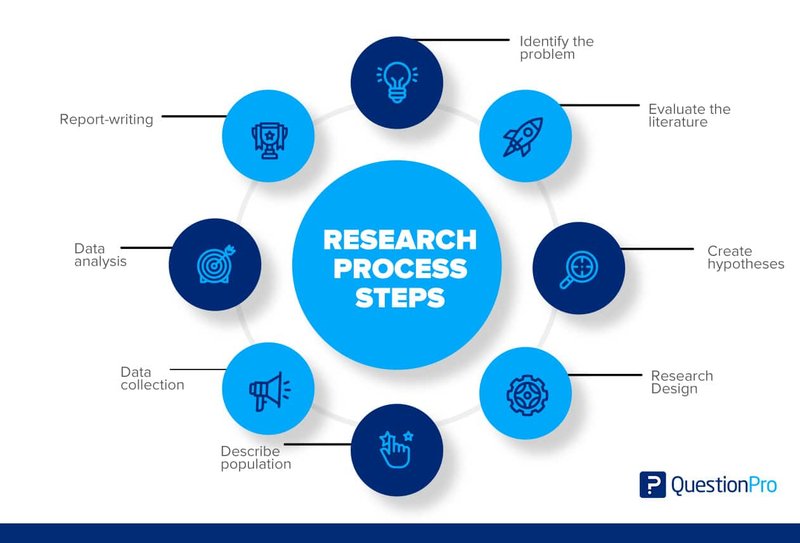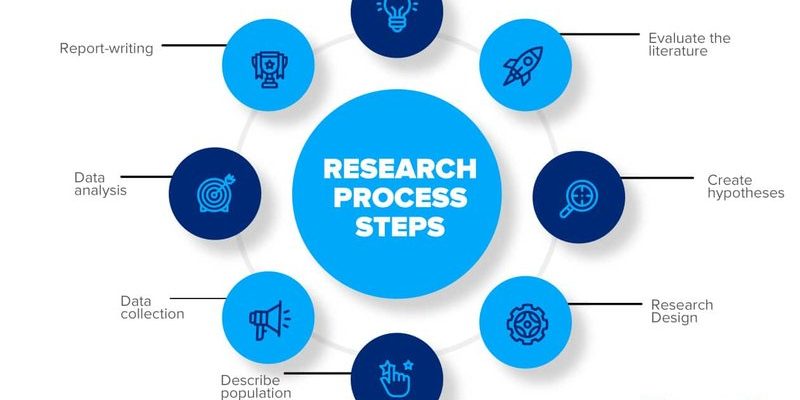
Bobbit worms belong to the family Eunicidae, and they can grow quite large—up to 10 feet long! They are found in tropical and subtropical oceans around the world, typically buried in sandy or muddy substrates. Despite their size, they are masters of camouflage. But how does this fascinating creature operate under the waves, particularly in terms of its nervous system? Let’s dive in and explore what makes this worm tick, or, in its case, swim!
The Structure of the Bobbit Worm’s Nervous System
The nervous system of the bobbit worm is structured quite differently from ours. Instead of a backbone, it has a centralized nervous system that includes a nerve cord running along its body. This structure allows it to process sensory information and coordinate its movements efficiently.
You might be wondering how this system helps the worm survive in its environment. The bobbit worm’s nervous system is designed to react quickly. For example, when it senses vibrations in the water—perhaps from a passing fish—it can trigger its body to whip out and grab the prey. This quick response is essential for survival, especially since it often stays buried.
In addition to the nerve cord, bobbit worms have nerve endings that extend throughout their body. These connections allow them to sense changes in their environment, such as light and movement. It’s like having a super-sensitive touch all over their body, which is critical when they’re waiting for food to swim by.
How the Bobbit Worm Uses Its Nervous System for Hunting
Fishing might seem like a straightforward task, but for the bobbit worm, it’s all about technique. They primarily hunt via ambush, which means they stay hidden until an unsuspecting fish or invertebrate swims near. Here’s how the nervous system supports this strategy:
1. Sensing Movement: The bobbit worm detects vibrations in the water using specialized cells in its body. This is crucial since it can’t rely on eyesight alone—after all, it spends much of its life buried in the sand.
2. Rapid Response: Once it senses the movement, the nervous system kicks into gear. The worm can quickly extend its body to snatch the prey, thanks to its muscle coordination regulated by the nerve cord. This response must be instantaneous; otherwise, the meal could escape.
3. Tactile Feedback: After catching its prey, the worm’s nervous system helps it manage the grip, ensuring that the caught creature doesn’t slip away. The combination of reflex and tactile feedback allows for a successful hunt.
In this way, the bobbit worm’s hunting strategy is a fantastic example of how its nervous system is finely tuned to its predatory lifestyle.
Comparing the Bobbit Worm’s Nervous System to Other Marine Creatures
When we think about nervous systems in the animal kingdom, it’s fascinating to see how different organisms have evolved to adapt to their environments. For instance, let’s briefly compare the bobbit worm to octopuses and sea stars, which also have unique nervous systems suited to their lifestyles.
– Octopus: An octopus has a complex nervous system with a central brain and a network of neurons spread throughout its arms. This allows for incredible agility and problem-solving skills. They can even operate their arms independently!
– Sea Star: Sea stars have a decentralized nervous system that relies more on their radial symmetry. They can move and respond to stimuli thanks to a nerve net. This system is less about quick reactions and more about general response, like closing its shell when threatened.
In contrast, the bobbit worm’s nervous system is more focused on speed and precision—perfect for an ambush predator.
The Role of Neurotransmitters in the Bobbit Worm’s Functions
Just like how humans use neurotransmitters to send signals between nerve cells, bobbit worms do the same. These chemical messengers are essential for the worm’s nervous system to function properly. They help transmit signals when the worm senses something in the water, making it crucial for its survival.
Neurotransmitters like serotonin and dopamine can affect how active the worm is, influencing its hunting behavior and overall responsiveness to the environment. For example, if a bobbit worm has heightened levels of these neurotransmitters, it might be more active and alert, making it more efficient in catching food.
This understanding of neurotransmitters in the bobbit worm not only helps researchers learn more about this species but also sheds light on the broader evolution of nervous systems in marine life.
Studying Bobbit Worms: Methods and Challenges
Researching the nervous systems of bobbit worms can be quite challenging. These creatures live in deep marine environments, often buried under sediment, making them hard to study in their natural habitats. Scientists use various methods to study them, such as:
– Field Studies: Observing their natural behavior in the wild provides insights but is often limited due to accessibility.
– Laboratory Experiments: By bringing specimens into controlled environments, researchers can study their responses to stimuli and analyze their nervous systems more thoroughly.
– Genetic Analysis: Modern techniques allow scientists to examine the genetic makeup of these creatures, helping to uncover more about how their nervous systems evolved.
Despite these methods, challenges remain. The sensitivity of these creatures to environmental changes means that any study must be carefully designed to ensure the worms are not harmed.
Why Understanding Bobbit Worm Nervous Systems Matters
Understanding the nervous systems of bobbit worms goes beyond just curiosity. It helps us grasp how different species adapt to their environments and evolve over time. By studying these unique creatures, scientists gain insights into broader evolutionary processes and the diversity of life in the ocean.
Furthermore, as we face changes in marine ecosystems due to climate change and pollution, research like this can help us predict how different species, including bobbit worms, might respond. Knowledge of their nervous systems can also aid in conservation efforts, ensuring that we protect the habitats where these fascinating creatures thrive.
In conclusion, the bobbit worm is more than just a hidden predator; it’s a window into the complexities of marine life. Its specialized nervous system showcases the incredible adaptability of life in the ocean. Next time you think about these creatures, remember that beneath their sandy camouflage lies a sophisticated system that keeps them thriving in the depths of the sea.

